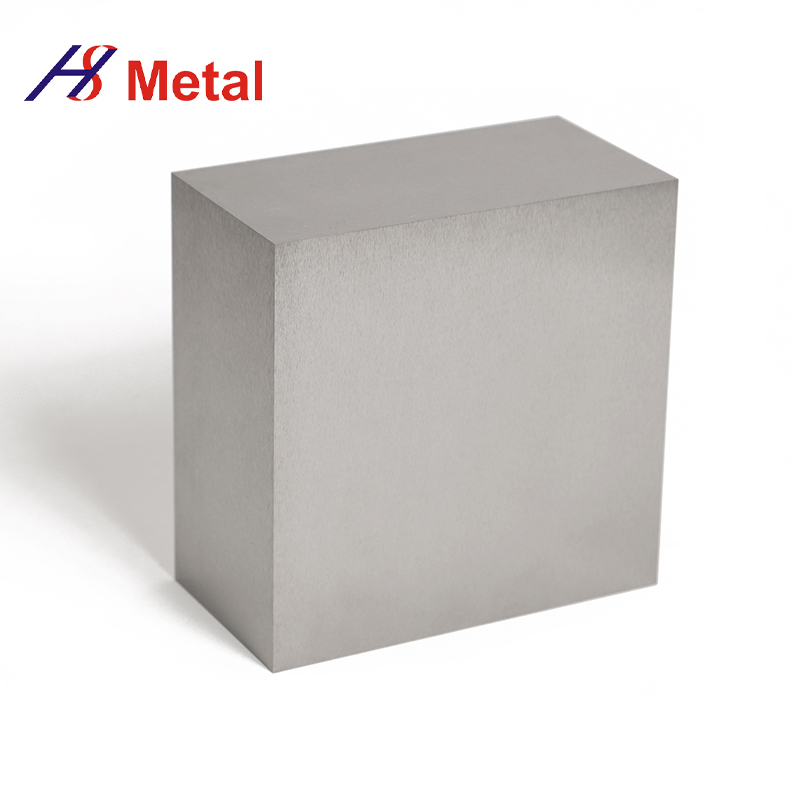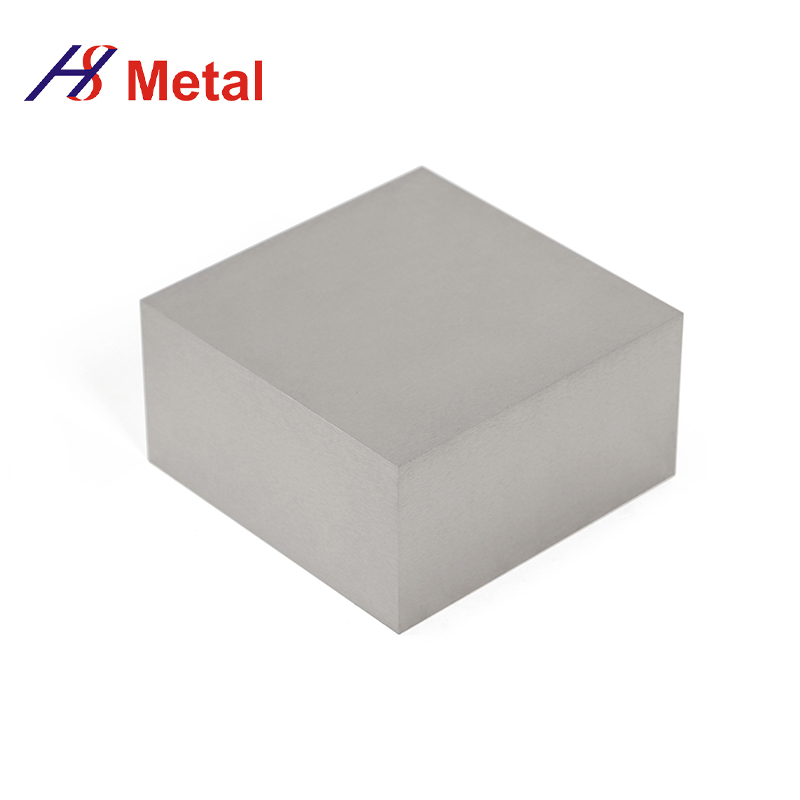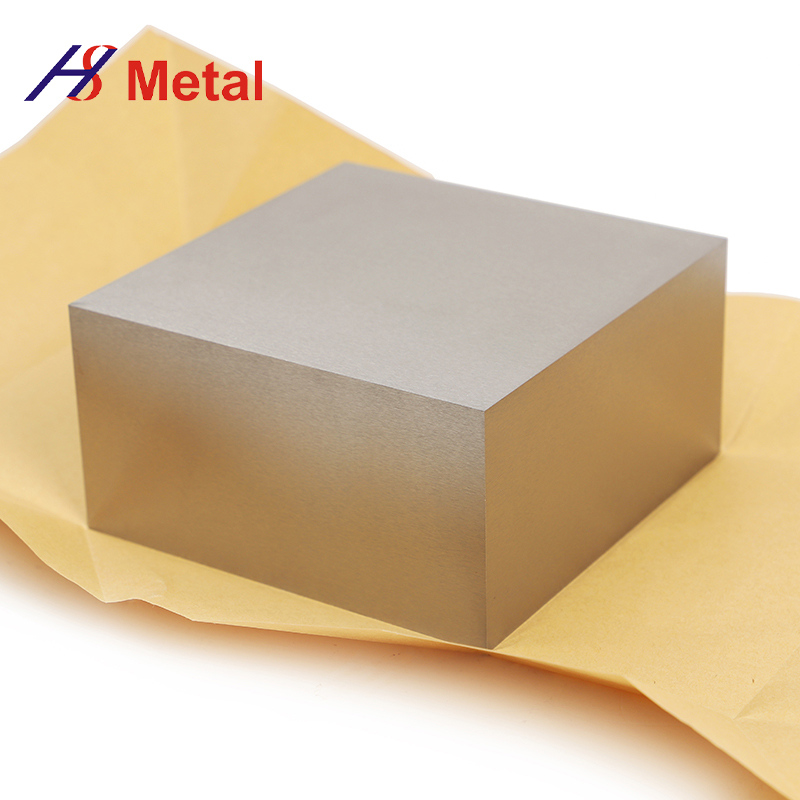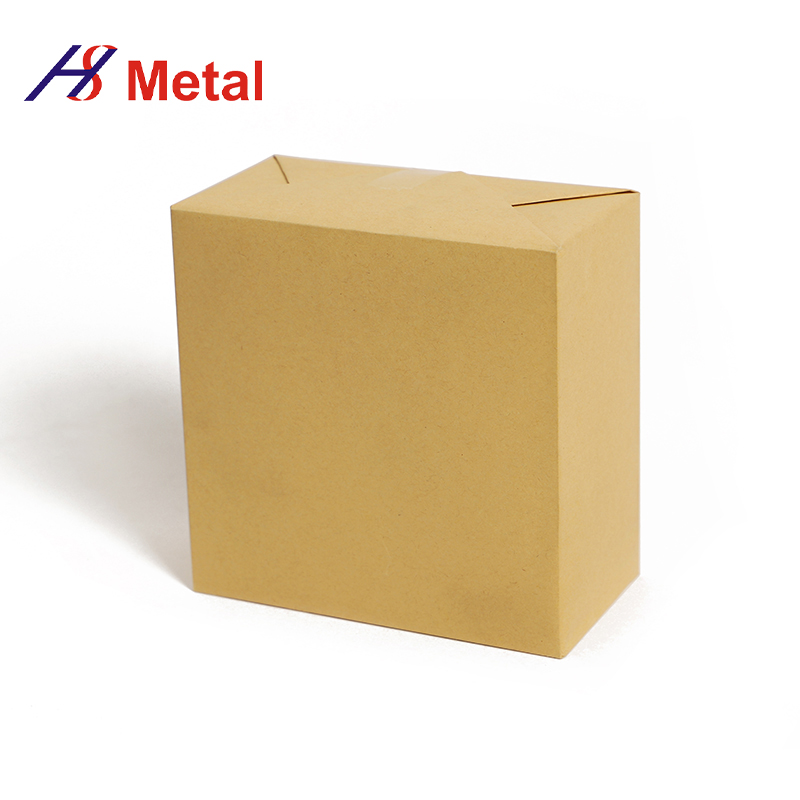Email:
sales@hypersolidmetal.comWhatsapp:
8618625975081
Email:
sales@hypersolidmetal.comWhatsapp:
8618625975081To prevent the worst consequences of climate change, the share of renewable energy sources such as wind and solar in global electricity generation must more than triple. Molybdenum plays a role in many green technologies, but is particularly critical for wind power generation. Therefore, as demand for wind turbines grows, demand for molybdenum in many wind power equipment components will also increase.
According to the World Meteorological Organization, greenhouse gas concentrations in the atmosphere reached record highs in 2020 and 2021. July 2021 was the hottest month on record for the Earth. The economic slowdown caused by the pandemic has failed to curb greenhouse gas concentrations in the environment, although greenhouse gas emissions have temporarily declined. Humans have been heavily or completely dependent on fossil fuels for too many necessary activities, such as heating and transportation. According to estimates by the United Nations Intergovernmental Panel on Climate Change (IPCC), if the world maintains current emission levels, climate change is expected to have severe negative effects, including extreme droughts and floods, large-scale displacement of people, and threats to food supply. Although renewable energy technologies such as wind, solar and hydropower already account for 25% of total electricity generation today, their share will need to increase to nearly 80% by 2050. To achieve this transition, a large amount of land and raw materials will be needed. Molybdenum is such a material – an irreplaceable alloying element that provides sufficient mechanical properties to withstand the huge forces in the wind power generation process.
The wind power generation process concentrates the huge and varying wind forces captured by massive blades onto relatively small gear teeth and other components. The huge stresses imposed by the wind on the components can even damage or destroy the drive train. To address the problem of gearbox failure and improve efficiency, gearless wind turbines or “direct drive” systems have been developed. In these systems, the rotor is directly connected to the generator, eliminating the drive train. However, most direct drive systems rely on large magnets made of rare earth metals such as neodymium, which poses a potential supply risk as demand for rare earth metals from renewable energy will grow exponentially in the coming decades. Other applications such as electric vehicles and consumer electronics are also competing for these critical resources. At the same time, the mining and especially the refining of rare earth metals are concentrated in a few countries, increasing supply risks. Fortunately, the drive train problem can also be solved by improving the performance of gear steels by adding molybdenum, which increases the hardness, strength and toughness of these steels. And there is no risk in the supply of molybdenum, with major deposits located in the Americas and China, with a relatively balanced geographical distribution.
Molybdenum-containing alloyed steels are most widely used in wind turbine powertrain components. The low speed of the rotor must be transmitted and converted to a higher speed suitable for driving the generator, so shafts and gearboxes are required. Since these components are critical in terms of reliability and performance, a steel grade combining excellent strength, toughness and fatigue resistance is required. Quenched and tempered steels such as 42CrMo4 (AISI 4140) are the perfect solution for drive shafts. CrNiMo alloyed case-hardened steels are the first choice for gear components. Typically, these steels contain 0.2-0.3% molybdenum.
Powering the world without producing carbon emissions may seem impossible, but just like developing an effective COVID-19 vaccine and adapting to the pandemic, humanity is fully capable of rising to the challenge. Whichever future renewable energy generation scheme actually comes to fruition, molybdenum will ride the wind and make a difference.



